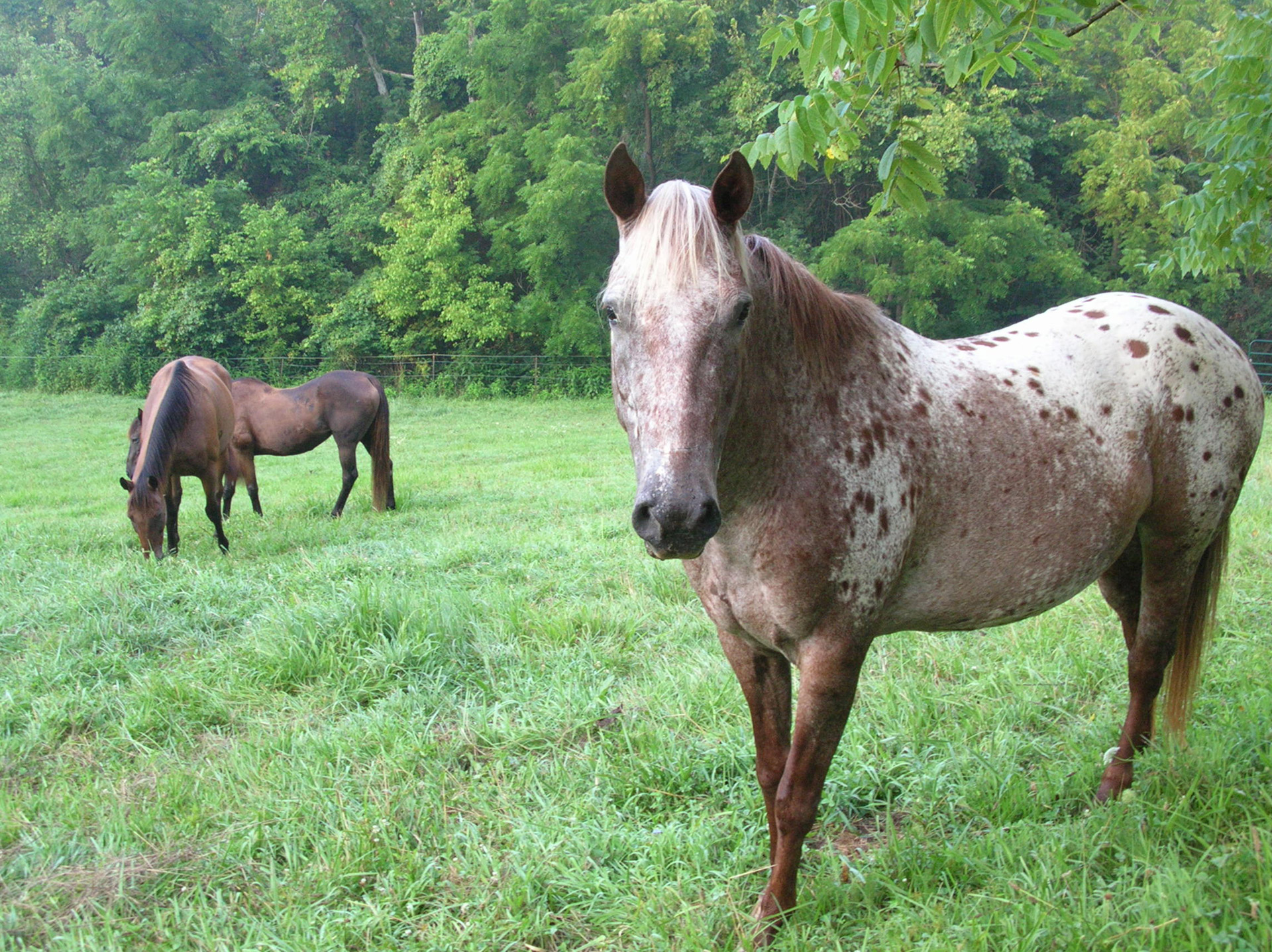
The working rebuilt bombe at Bletchley Park Image courtesy of Wikipeda.
|
Mathematicians from the Polish Cipher Bureau, Marian Rejewski, Jerzy Różycki and Henryk Zygalski broke the German Enigma cipher machine codes in the 1930’s.
|
Working with engineers from the AVA Radio Manufacturing Company, they built the “Bomba”, which was the first machine to break Enigma codes. By working with a commercially available version of the Enigma machine, they laid down the mathematical foundations that were essential for the British work at Bletchley Park in breaking the German military codes. In particular Alan Turing helped develop the British version of the Bomba and the story from here is well-known.
The efforts of Rejewski, Różycki and Zygalski are far less well-known and were never really appreciated in their lifetimes. There is a small memorial at Bletchley Park in honour of these three.
In August 2014 the Institute of Electrical and Electronics Engineers (IEEE), as part of their Milestones commemorations have honoured Rejewski, Różycki and Zygalski with a plaque outside the Institute of Mathematics of the Polish Academy of sciences. I was lucky enough to be present at the unavailing ceremony which was hosted by IEEE President Prof. J. Roberto B. de Marca. There were several diplomats and representatives from the Polish military. Janina Sylwestrzak, the daughter of Marian Rejewski, was also present and gave a short speech (in Polish of course).

The Rejewski, Różycki and Zygalski memorial stone.
The plaque reads as follows;

You can find out more about the Polish work on breaking the Enigma codes by following the links below.
Links
Milestones:First Breaking of Enigma Code by the Team of Polish Cipher Bureau, 1932-1939 IEEE website.
The Breaking of Enigma by the Polish Mathematicians, Virtual Bletchley Park.
Poland’s overlooked Enigma codebreakers, BBC News.















